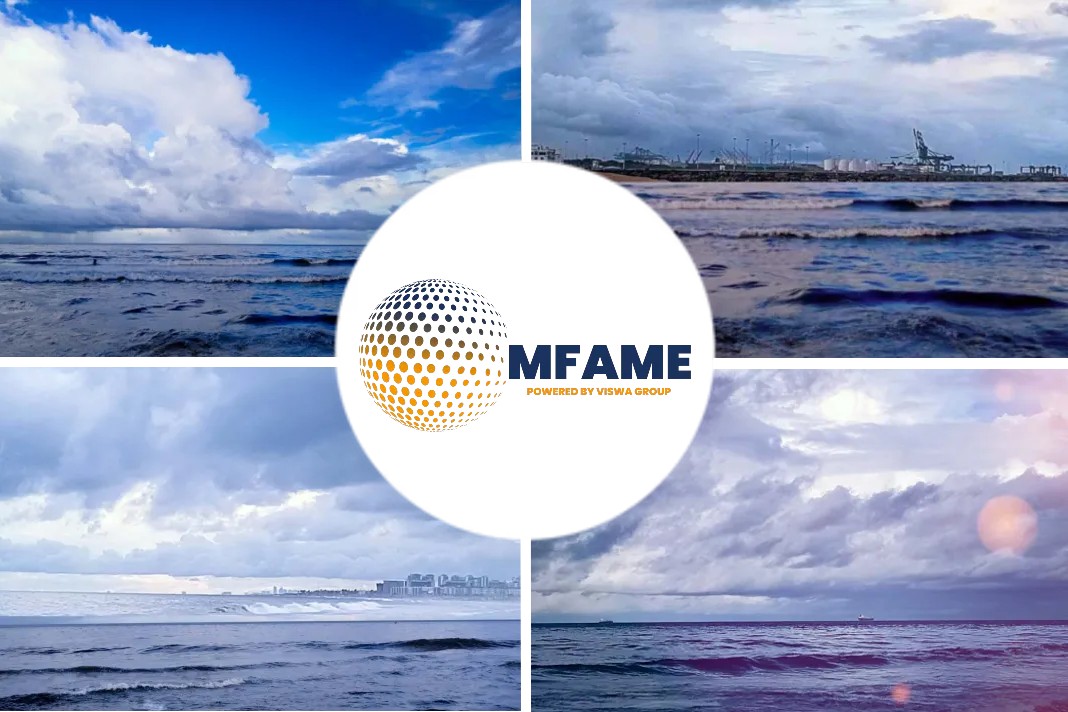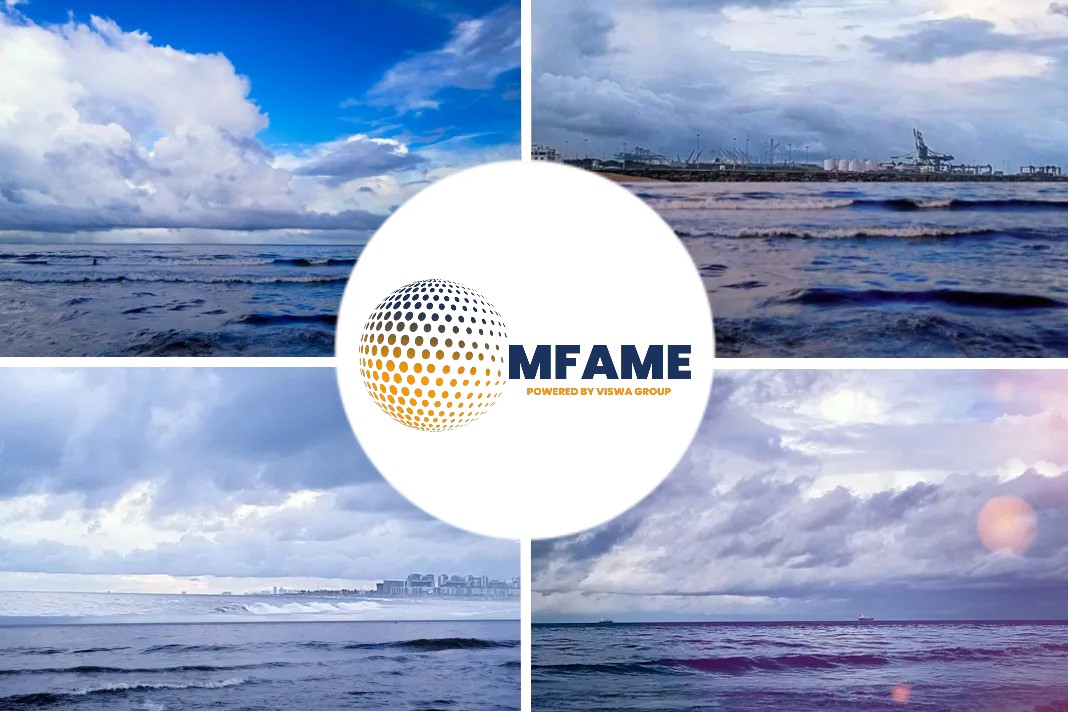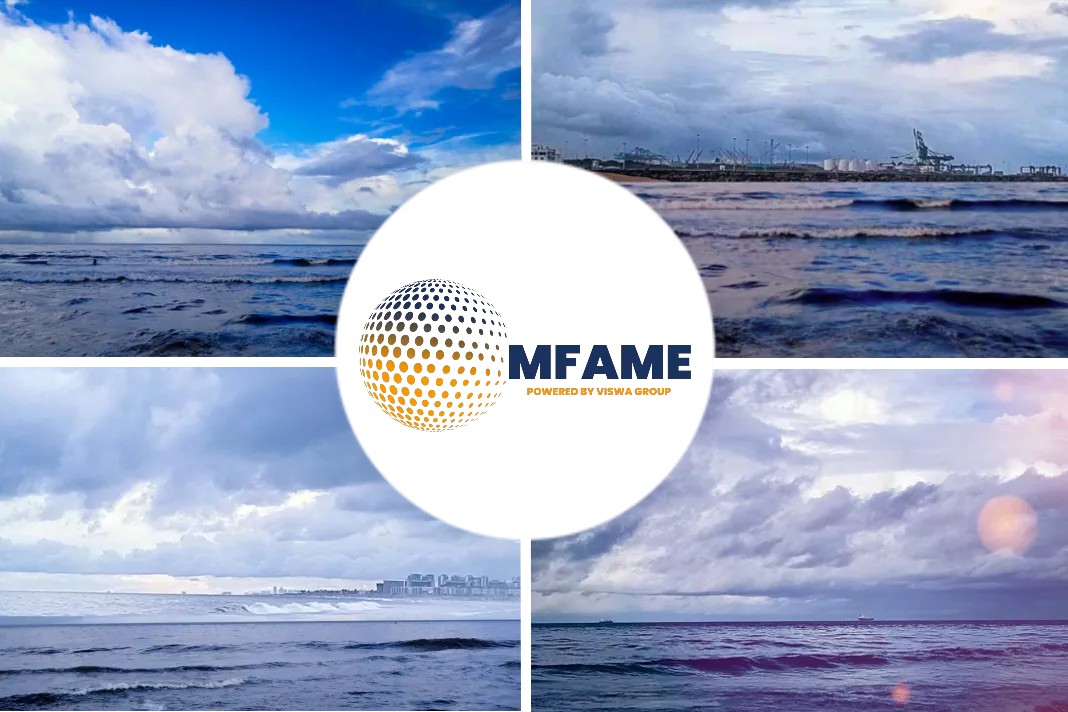
For the past year, the conflict between Ukraine and Russia has diverted crude tanker traffic, increasing shipowner profits. But the benefits are not distributed fairly. The biggest winners have been midsize crude ships, as reported by Freight Waves.
It’s not just that larger ships can’t fit through Russian crude export terminals. Another war-related obstacle has evolved in the form of an extremely atypical transport arrangement for American crude shipments.
VLCCs cannibalize trans-Atlantic trade
Prior to the war, midsize Aframaxes and Suezmaxes tankers with a capacity of 750,000 barrels were used to transport American petroleum to Europe (1 million barrels). The largest crude carriers were used to load American crude exports to Asia (VLCCs; 2 million barrels).
Following the invasion, Europe increased its imports of U.S. crude, displacing Russian seaborne supplies, which have been prohibited since December 5.
Before Russia’s invasion of Ukraine, VLCCs, a transport model that was extremely uncommon, carried the majority of the U.S.’s incremental volume to Europe.
The majority of the new [U.S.] sales to Europe were made on VLCCs, according to a report released on Friday by Erik Broekhuizen, manager of maritime research at Poten & Partners.
Tanker demand is expressed in ton-miles, which is volume times distance. Ships that choose shorter itineraries reduce demand, which has a negative impact on spot rates.
Aframaxes and Suezmaxes’ shorter-haul U.S.-European commerce has been “cannibalised” by VLCCs. China has also expanded its imports from Russia, which has decreased Chinese demand for longer-distance US commodities. For the VLCC travel distance, both are negative.
The issue is that there are more VLCCs entering the Atlantic than departing, according to shipbroker BRS on Monday. “According to the most recent data, there are already 108 VLCCs trading west of Suez, and more seem to be coming every day, increasing competition in the Atlantic crude tanker market.”
According to preliminary data, there may be a record number of VLCCs delivering US oil to Europe in the upcoming weeks, according to BRS.
VLCCs now the ‘world’s largest shuttle tankers’
Changes in crude trade patterns since the war “have benefited the midsize sectors given that the main Russian load ports in the Baltic, the Black Sea and the Far East are all inaccessible to VLCCs,” explained Kevin Mackay, CEO of Teekay Tankers (NYSE: TNK), during a conference call Thursday.
Clarksons Securities estimated Monday that spot rates of non-eco-designed VLCCs were $59,700 per day.
Consequently, VLCCs have become “the world’s largest shuttle tankers,” BRS said.
That’s giving VLCCs an opportunity to enter [midsize tanker] markets.
“Various asset classes are eating into each other’s business segments.”
More ‘reverse lightering’ in US Gulf
The water depth in U.S. Gulf ports is insufficient to hold fully loaded VLCCs. These cargoes are “reverse lightered” instead. They are first loaded onto Suezmaxes or Aframaxes, and the oil is then transferred from one ship to another and loaded onto VLCCs.
Since the cannibalization trend began in the middle of 2022, charterers have improved their use of the U.S. Gulf’s infrastructure, according to BRS. To load VLCCs more effectively, “[they are] part-loading in ports and scheduling reverse lightering in advance.”
Another benefit for midsize tanker rates, according to BRS, is the rising use of VLCCs for shorter-haul exports to Europe, which are tying up more Aframaxes and Suezmaxes in reverse-lightering duties in the U.S. Gulf.
China favours Russian crude over US crude
The U.S.-China crude trade, because of its extreme distance, is a key variable in global VLCC demand.
It takes seven weeks to travel from the U.S. to China via the Cape of Good Hope at 13 knots.
According to BRS, “Long-haul U.S. crude exports remained relatively flat year on year [in 2022], which, when viewed in the context of the surge in total U.S. crude exports, was viewed as disappointing, especially by VLCC owners.”
They have remained at the same level in the first two months of this year.
This means that more crude may find its way to Asia, especially to China.
“For the VLCC markets, this means more tonnage will likely be employed on the long-haul routes to Asia, boosting ton-mile demand and freight rates.”
Earnings roundup
Frontline announced net income of $240.1 million for the fourth quarter of 2022 on Tuesday as opposed to $19.8 million in the fourth quarter of 2021. Earnings adjusted of 97 cents per share fell short of the consensus forecast of $1.08. The most recent quarter was Frontline’s finest since Q2 2008.
VLCCs, Suezmaxes, Aframaxes, and product tankers are all owned by Frontline. In Q4 2022, its spot VLCCs made an average of $63,200 per day, roughly four times the rate from the previous quarter. During the first quarter of 2023, the business has reserved 87% of its VLCC days at a rate of $58,300 per day.
In addition, International Seaways (NYSE: INSW) recorded net profits of $218.4 million for the fourth quarter of 2022, up from a loss of $34 million in the previous quarter. Adjusted earnings per share of $4.21 were much higher than the consensus estimate of $3.92. The most recent quarter was the company’s strongest since it went public in 2016.
The fleet of product tankers, VLCCs, Suezmaxes, and Aframaxes is owned by International Seaway. In the most recent quarter, its spot VLCCs made an average of $64,596 a day, up from $14,326 per day a year earlier. For Q1 2023, 83% of its spot VLCC days are already reserved at a rate of $46,600 each.
Did you subscribe to our newsletter?
It’s free! Click here to subscribe!
Source: Freight Waves

















